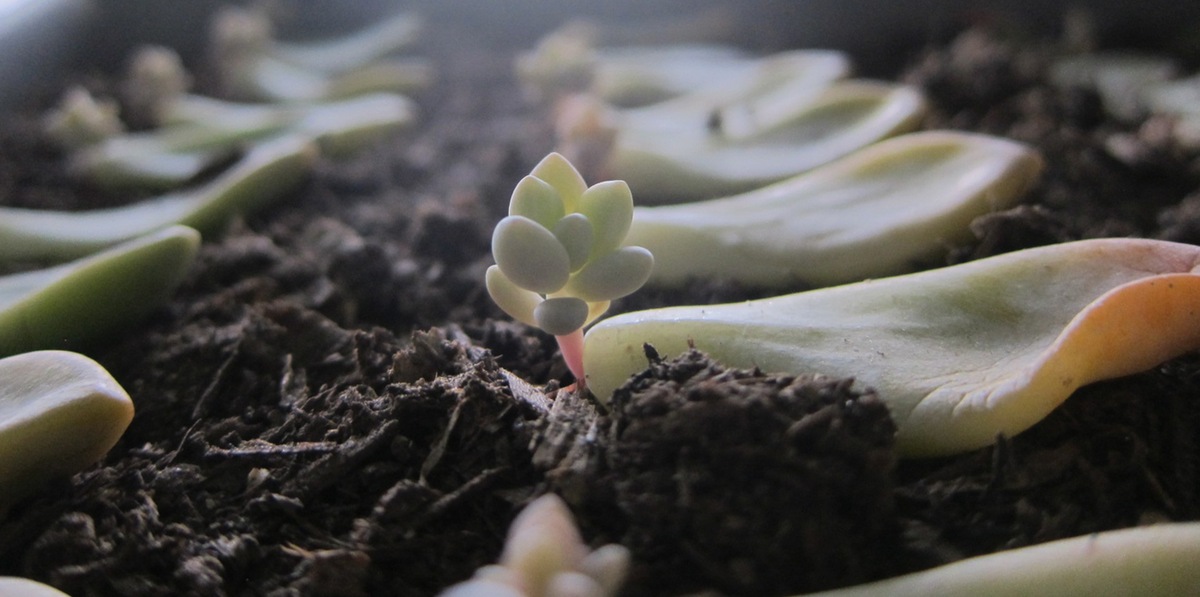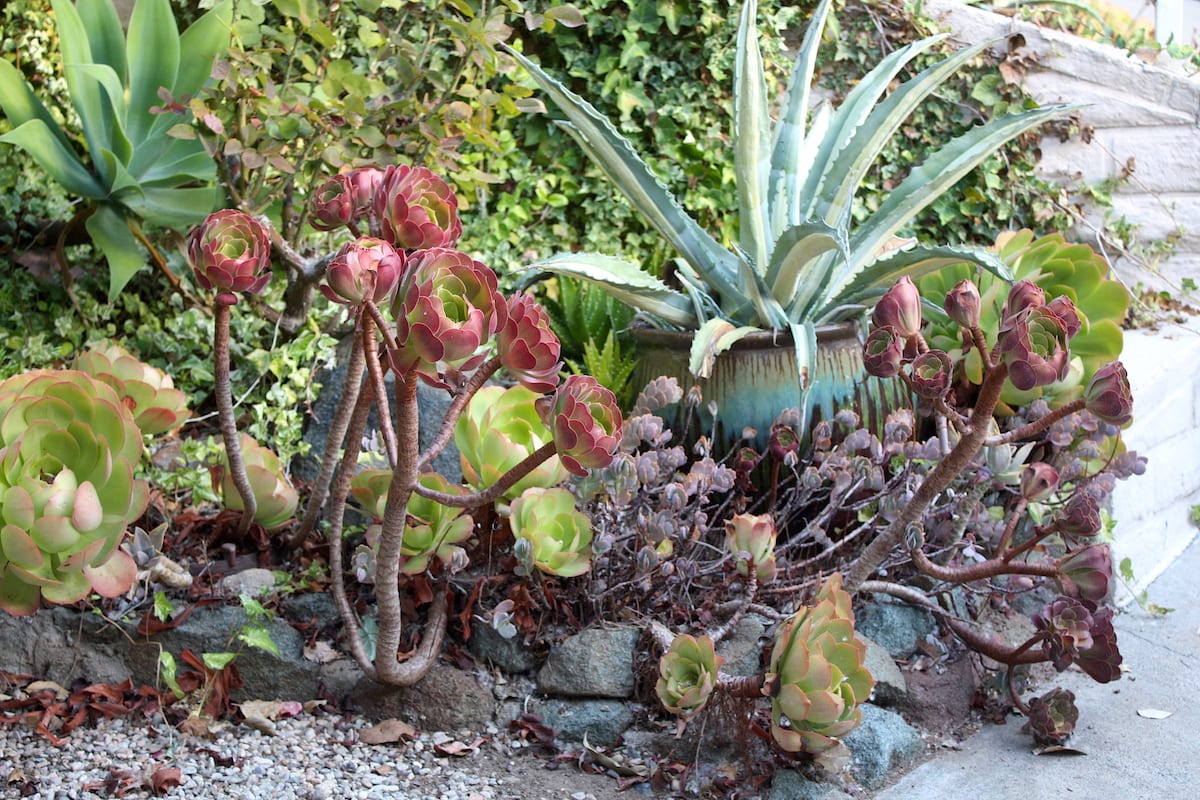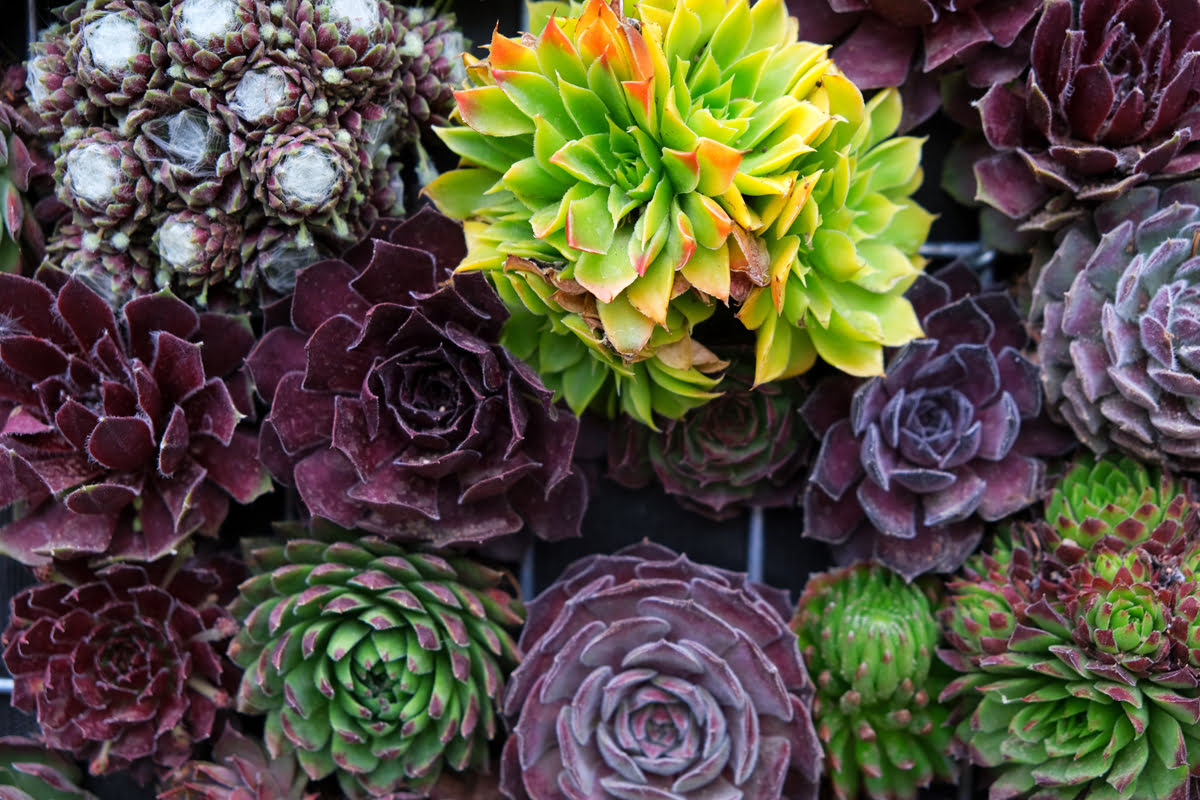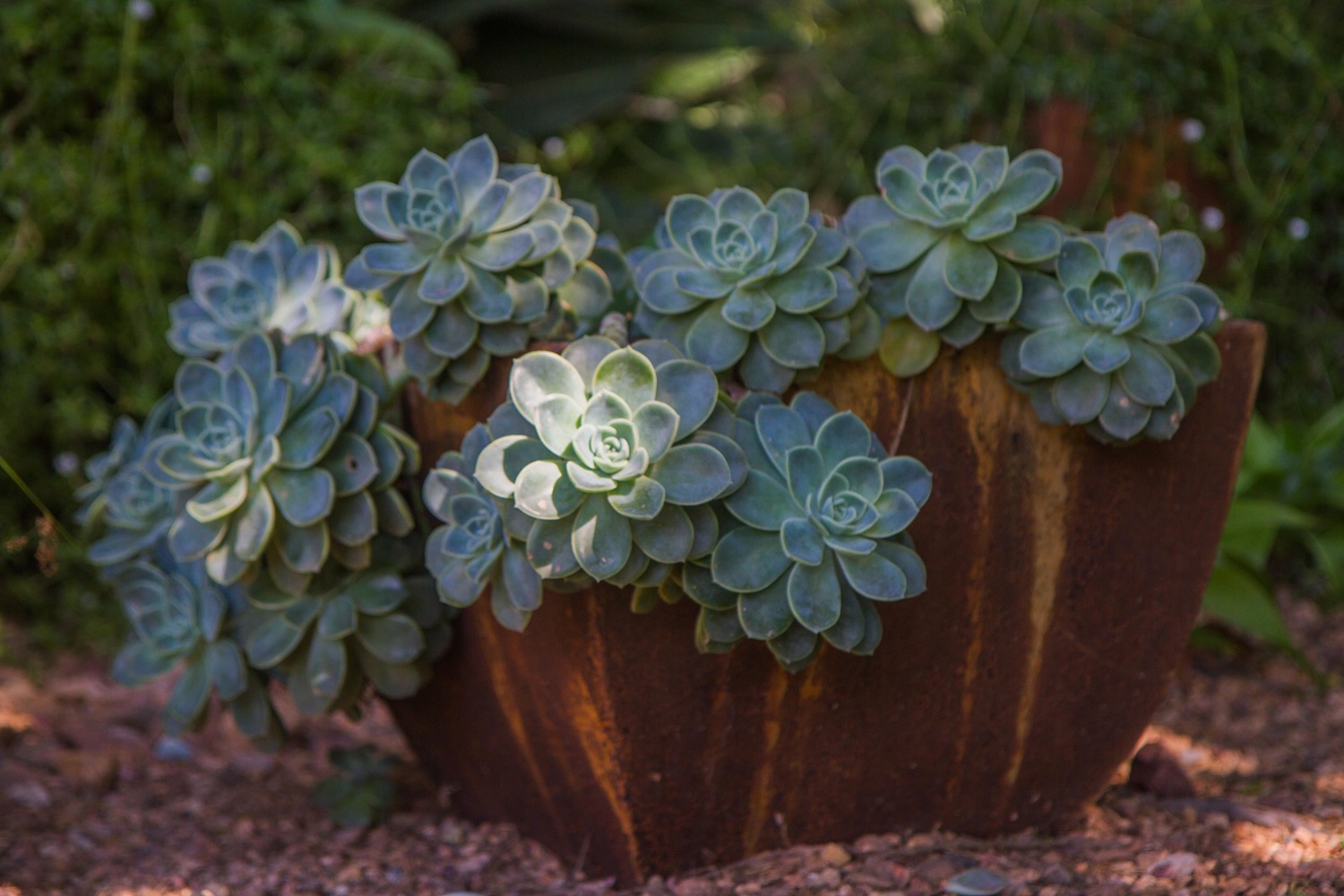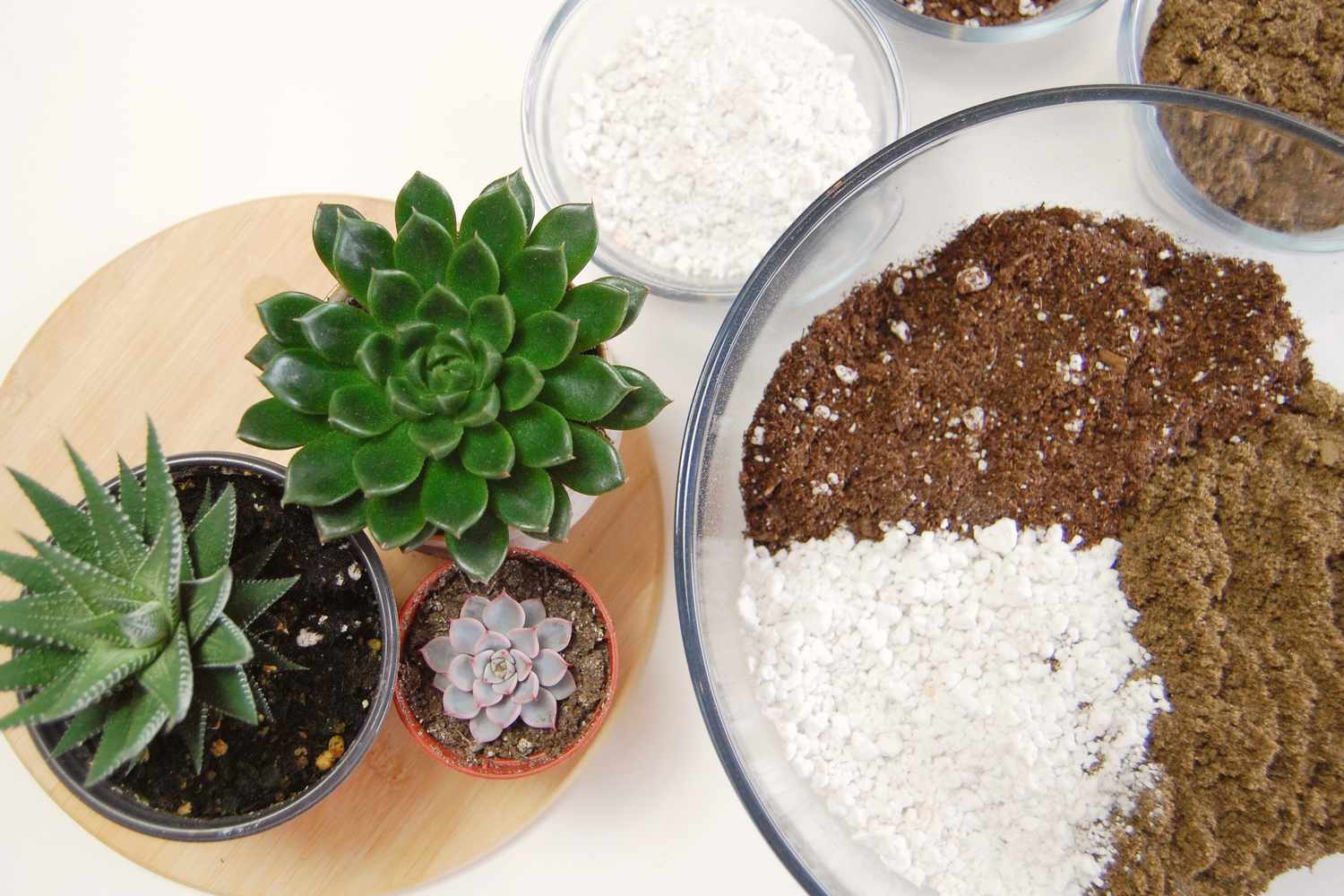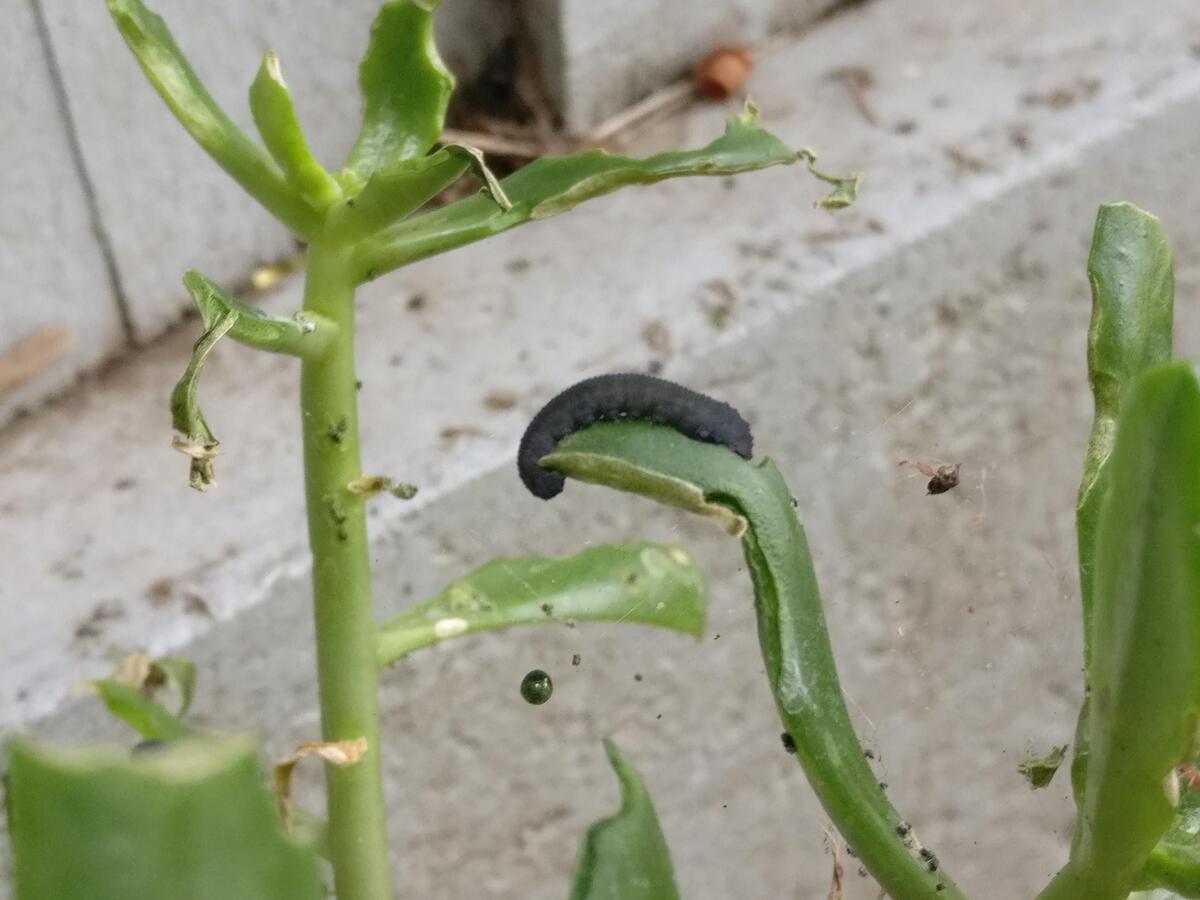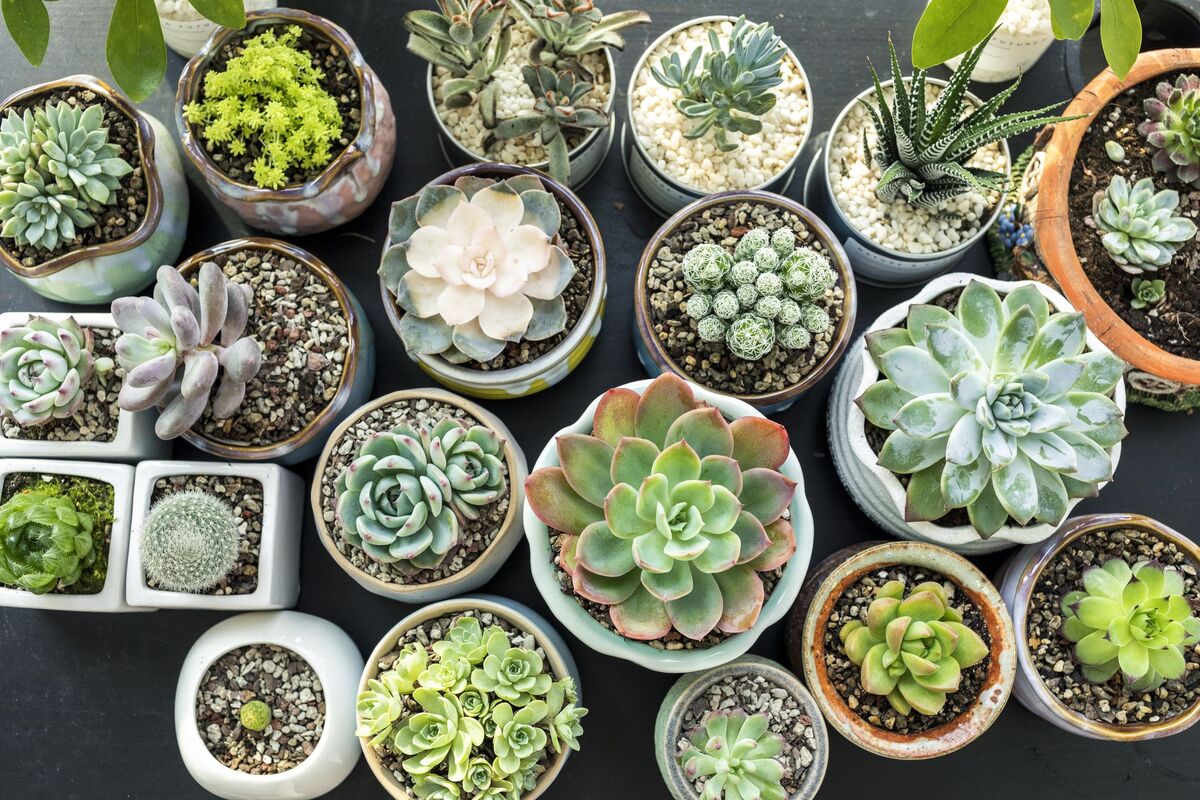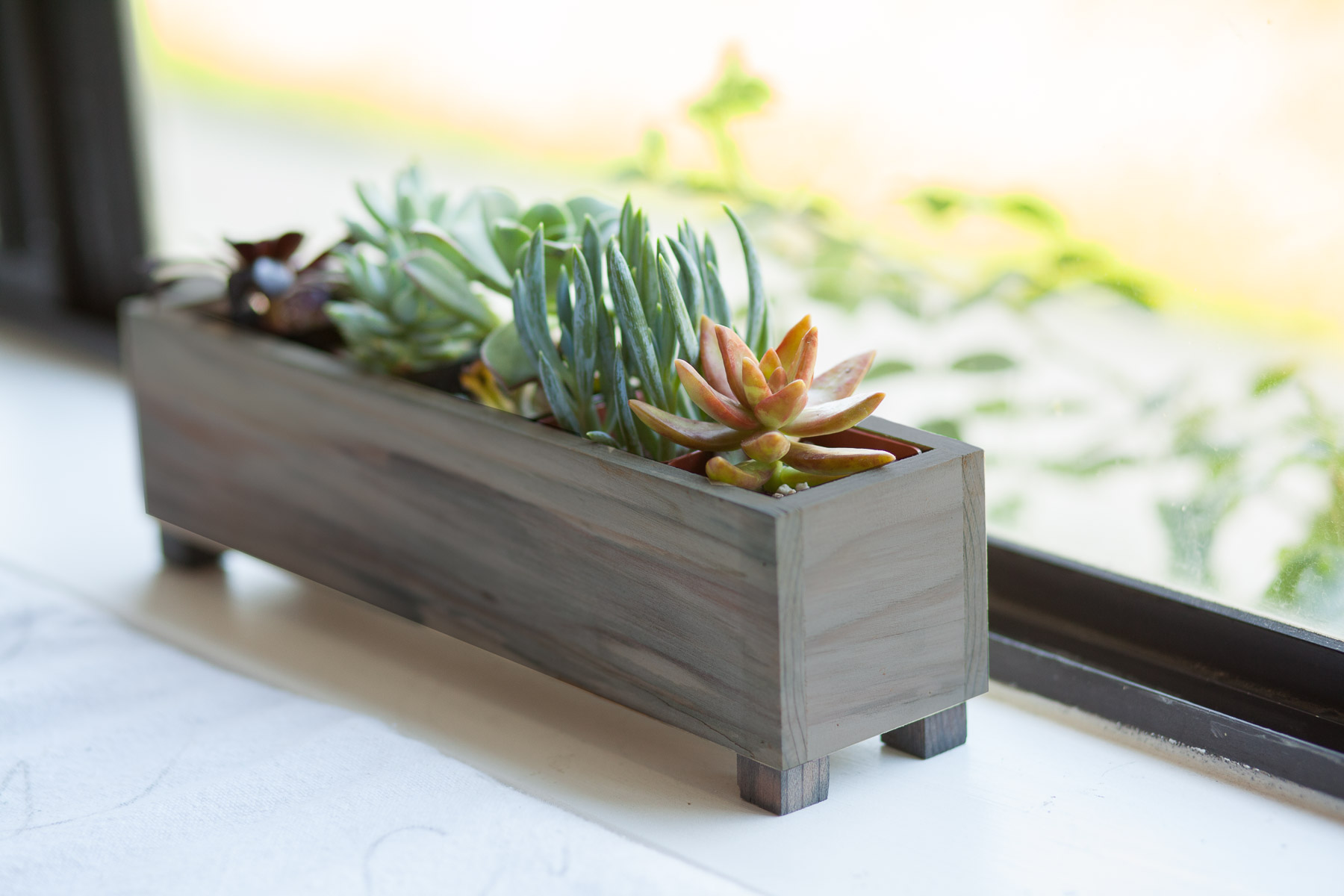Home>Types of Gardening>Ornamental Gardening>What Succulents Are Edible


Ornamental Gardening
What Succulents Are Edible
Modified: January 22, 2024
Discover which succulents are edible and how to incorporate them into your ornamental gardening. Expand your garden's beauty and culinary possibilities!
(Many of the links in this article redirect to a specific reviewed product. Your purchase of these products through affiliate links helps to generate commission for Chicagolandgardening.com, at no extra cost. Learn more)
Table of Contents
Introduction
Welcome to the fascinating world of edible succulents! These beautiful and versatile plants not only add a touch of greenery to your garden but also offer a delicious and nutritious addition to your culinary adventure. Succulents, known for their ability to store water in their leaves and stems, have gained popularity in ornamental gardening. However, many people are unaware that several species of succulents are not only aesthetically pleasing but also edible.
Edible succulents have been enjoyed for centuries in various cuisines around the world. From crunchy leaves to juicy stems, these plants offer a range of flavors and textures that can elevate your dishes to a whole new level. Whether you’re a seasoned chef or a home cook looking to experiment, incorporating edible succulents into your recipes can introduce unique and exciting culinary experiences.
One of the great advantages of edible succulents is their ability to thrive in arid conditions. Their succulent nature enables them to survive in harsh environments with limited water resources. This resilience makes them an excellent choice for gardening enthusiasts who live in dry climates or those looking to reduce their water consumption. Additionally, growing your own edible succulents ensures that you have a fresh and organic supply right at your fingertips.
In this article, we will explore various types of edible succulents, delve into their culinary uses, highlight their nutritional benefits, and provide important safety considerations. Whether you’re looking to expand your gardening repertoire or simply curious about adding something unique to your kitchen, edible succulents are worth exploring. So, let’s dive in and embark on a journey of ornamental gardening with a twist of deliciousness!
Types of Edible Succulents
Edible succulents come in a variety of shapes, sizes, and flavors. Here are some popular options to consider for your ornamental garden:
- Aloe Vera: Known for its medicinal properties, Aloe Vera is also a versatile edible succulent. Its gel-like substance is commonly used in juices, smoothies, and skincare products.
- Purslane: This succulent is loaded with nutrients like omega-3 fatty acids and vitamins A, C, and E. Its tender and slightly tangy leaves make it a wonderful addition to salads, stir-fries, and soups.
- Sedum: Sedums are low-maintenance succulents that come in a variety of shapes and colors. Their crispy leaves add a refreshing texture to salads and sandwiches.
- Prickly Pear Cactus: The pads, or nopales, of the prickly pear cactus are packed with fiber, vitamins, and minerals. They can be grilled, sautéed, or used in Mexican dishes like huevos rancheros.
- Agave: Agave is well known for its use in producing tequila, but its nectar can also be used as a natural sweetener in baking and cooking.
- Opuntia Cactus: Another type of cactus, the Opuntia, produces fruit known as prickly pears. These fruits can be eaten raw or used in jellies, jams, and desserts.
These are just a few examples of edible succulents, but there are many more to explore. Before consuming any succulent, it’s essential to properly identify the plant and ensure that it’s safe for consumption. Some varieties may have toxic parts, so always do thorough research or consult with an expert before incorporating them into your meals.
Additionally, it’s important to source your edible succulents from reputable sources, ensuring they haven’t been treated with harmful chemicals or pesticides. Growing them in your own garden can provide you with the highest quality produce and the peace of mind that comes with knowing their origins.
Now that we’ve explored some of the different types of edible succulents available, let’s dive into how you can prepare and incorporate them into your culinary creations!
Preparation and Culinary Uses
When it comes to preparing and using edible succulents in the kitchen, the possibilities are endless. Here are some techniques and culinary ideas to get you started:
- Harvesting: Depending on the specific succulent, you can harvest different parts of the plant. For example, with aloe vera, carefully extract the gel from the leaves by cutting them lengthwise. With succulents like purslane or sedum, you can harvest the entire plant or trim the leaves as needed.
- Washing and Cleaning: Before using any edible succulent, make sure to rinse it thoroughly to remove any dirt or debris. Gently pat dry with a clean cloth or paper towel.
- Raw Consumption: Many edible succulents can be enjoyed raw, either on their own or as part of a salad. They add a unique texture and flavor profile, ranging from crunchy to slightly tangy.
- Cooking Methods: Edible succulents can be cooked in various ways, such as sautéing, stir-frying, grilling, or boiling. You can experiment with different cooking techniques to bring out different flavors and textures.
- Herb-like Seasoning: Some succulents, like purslane or sedum, can be used as an herb substitute, adding a fresh and tangy taste to dishes. Chop the leaves and sprinkle them over soups, stews, or roasted vegetables.
- Infusions and Extracts: Agave and aloe vera can be used to make infusions or extracts. Agave nectar can be used as a sweetener in beverages or baking, while aloe vera gel can be blended into smoothies or used in skincare recipes.
- Creative Cocktails: For those looking to add a twist to their drinks, succulents like aloe vera or prickly pear cactus can be used to make refreshing and unique cocktails or mocktails.
Remember to start with small quantities when incorporating edible succulents into your recipes, as their flavors can be quite potent. This will allow you to adjust the taste according to your preferences. Additionally, consider the specific flavor profile of the succulent you’re using and pair it with complementary ingredients for a well-balanced dish.
Now that we’ve explored the various preparation methods and culinary uses of edible succulents, let’s dive into their nutritional benefits and why they can be a valuable addition to your diet.
Nutritional Benefits of Edible Succulents
Edible succulents offer not only unique flavors and textures but also an array of nutritional benefits. Here are some of the key nutrients and health advantages that these plants can provide:
- Vitamins and Minerals: Succulents like purslane and aloe vera are rich in vitamins A, C, and E. These vitamins are essential for maintaining healthy skin, boosting the immune system, and protecting against cellular damage caused by free radicals. Additionally, edible succulents contain minerals such as calcium, magnesium, and potassium, which are vital for proper bodily functions.
- Fiber: Many edible succulents, including prickly pear cactus and purslane, are high in dietary fiber. Fiber aids in digestion, promotes satiety, and helps maintain stable blood sugar levels. Including succulents in your diet can contribute to a healthy digestive system and support overall gut health.
- Antioxidants: Edible succulents are known to contain various antioxidants, which help protect cells from oxidative stress and inflammation. Antioxidants play a crucial role in preventing chronic diseases such as heart disease, diabetes, and certain types of cancer.
- Hydration: Given their succulent nature, edible succulents are highly water-dense. This water content can contribute to maintaining proper hydration levels in the body, especially during hot weather or intense physical activity.
- Anti-inflammatory Properties: Some edible succulents, such as aloe vera, have natural anti-inflammatory properties. Consuming them can help reduce inflammation in the body, which may alleviate symptoms of various inflammatory conditions.
It’s important to note that while edible succulents offer numerous health benefits, they should be enjoyed as part of a balanced diet. Incorporate them alongside a variety of fruits, vegetables, whole grains, lean proteins, and healthy fats to ensure a well-rounded and nutritious dietary intake.
Before making any significant dietary changes, it’s always a good idea to consult with a healthcare professional or a registered dietitian, particularly if you have specific health concerns or dietary restrictions.
Now that we’ve explored the nutritional benefits of edible succulents, let’s discuss some safety considerations to keep in mind when working with these plants.
Safety Considerations
While many succulent plants are safe to consume, it’s essential to exercise caution and follow some safety considerations when working with edible succulents. Here are a few important points to keep in mind:
- Proper Identification: Before consuming any succulent, make sure you have correctly identified the plant and confirmed its edibility. Some succulents may have toxic parts, so it’s crucial to do thorough research or consult with an expert to ensure your safety.
- Source of Purchase: When selecting edible succulents, choose plants from reputable sources to ensure they haven’t been treated with harmful chemicals or pesticides. Ideally, grow your succulents yourself or purchase them from trusted local farmers or specialty nurseries.
- Allergic Reactions: Like any food, some people may have allergies or sensitivities to certain types of succulents. If you’ve never consumed a particular succulent before, try a small amount first and monitor your body’s response. If you experience any adverse reactions like itching, swelling, or difficulty breathing, discontinue consumption and seek medical attention immediately.
- Safe Handling: When working with succulents, pay attention to their spines or thorns, as they can cause injury if not handled properly. Use gardening gloves or a similar protective covering to minimize the risk of getting pricked. Take extra care when preparing and cutting succulent leaves, following proper knife safety protocols.
- Health Conditions and Medications: If you have any underlying health conditions or are taking medications, it’s important to consult with your healthcare provider or a registered dietitian before incorporating edible succulents into your diet. They can provide personalized advice based on your specific situation.
By adhering to these safety considerations, you can ensure a positive and safe experience when incorporating edible succulents into your culinary endeavors.
Now that we’ve covered the safety considerations, let’s conclude our exploration of edible succulents and the intriguing possibilities they offer in both gardening and cooking.
Conclusion
Edible succulents bring a delightful blend of beauty and flavor to your ornamental garden and kitchen. From aloe vera to prickly pear cactus, these unique plants offer a range of textures, flavors, and nutritional benefits. Incorporating edible succulents into your meals not only adds a touch of freshness and novelty but also introduces various vitamins, minerals, and antioxidants to support your overall well-being.
As you explore the world of edible succulents, remember to practice proper identification, source them from reputable suppliers, and handle them with care. By following safety considerations and consulting professionals when needed, you can embrace the culinary possibilities that edible succulents provide while ensuring a safe and enjoyable experience.
Whether you’re a gardening enthusiast looking to expand your repertoire or a home cook seeking new ingredients to experiment with, edible succulents offer a unique and exciting avenue for culinary exploration. So, why not add a touch of greenery and deliciousness to your life by growing and incorporating these fascinating plants into your recipes? Swapping out regular herbs or adding a succulent twist to your meals can bring a whole new level of vibrancy and depth to your plate.
So, get ready to embark on a journey of ornamental gardening with a twist of tastiness. Discover the world of edible succulents, unleash your creativity in the kitchen, and savor the many flavors and benefits that these remarkable plants have to offer.
